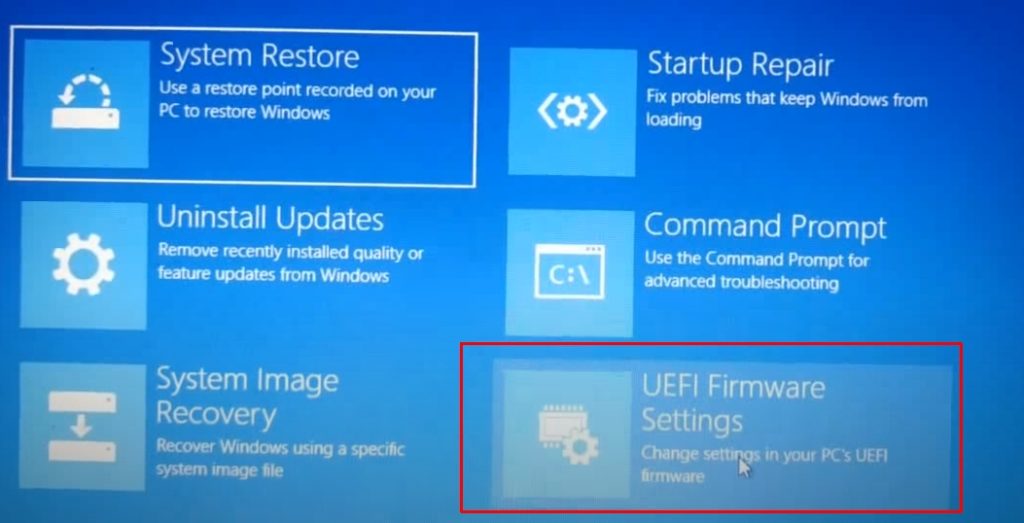

Regardless, it’s difficult not to see this as another step along the long, slow journey of locking down PC hardware and making it more difficult for end users to control their own software. Why do I need to disable Secure Boot to use UEFI NTFS Originally designed as a security measure, Secure Boot is a feature of many newer EFI or UEFI machines (most common with Windows 8 PCs and laptops), which locks down the computer and prevents it from booting into anything but Windows 8.
Disable secure boot windows 10 for what install#
It’s not clear, as of this writing, whether Linux and BSD distro developers will be able to sign their software and install to a Windows 10 system with Secure Boot enabled or not. When every support call is measured against the handful of dollars an OEM makes on each machine, eliminating the need for such interaction is extremely attractive. Some laptop vendors will undoubtedly continue to ship a “Disable” option on Secure Boot, but vendors like HP and Dell may simply decide that closing the attack vector is more important than user freedom, particularly when the margin on PCs is so low to begin with. Those who build their own desktops will retain the ability to disable Secure Boot, since Asus or MSI doesn’t know what kind of operating system you’re going to load on the board.


So, it makes sense to have some consequence of disabling TPM and Secure Boot after installing Windows 11.
Disable secure boot windows 10 for what upgrade#
What this means for the future of Linux and alternative OSes is unclear at best. Microsoft made a big deal about TPM and Secure Boot before the release of Windows 11, making it impossible for Windows 10 users to upgrade to the latest OS the official way.


 0 kommentar(er)
0 kommentar(er)
